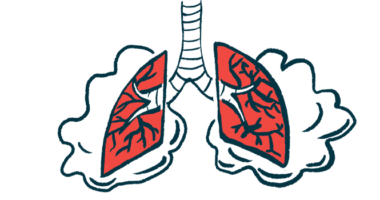FAQs about SMA life expectancy and disease onset
Spinal muscular atrophy (SMA) life expectancy varies with the type of disease and whether or not certain treatments were received. Infants with type 0 generally do not live past birth, while adults with type 4 have a relatively normal lifespan. Children with type 1, the most common form of SMA, often do not live past 2 years old without treatment and medical support.
Life expectancy does vary by spinal muscular atrophy type. Babies with type 0 SMA often do not survive beyond 6 months after birth. Infants with type 1 SMA who do not receive a disease-modifying therapy usually do not live beyond 2 years. People with type 2 SMA generally live to around age 25. Life expectancy for SMA types 3 and 4 usually is not affected.
The most severe form of spinal muscular atrophy (SMA) is type 0, which develops before birth. Infants may die at birth or not live longer than 6 months. Babies with SMA type 0 have severe muscle weakness, very poor muscle tone, and do not develop age-appropriate motor skills.
A person’s age at symptom onset may play a role in spinal muscular atrophy (SMA) and life expectancy. The earlier symptoms of SMA appear often are associated with more severe symptoms and a poorer life expectancy. Another risk factor is when treatment with disease-modifying therapies starts. It is best to start therapies as soon as possible after learning of an SMA diagnosis. Other risk factors associated with SMA and life expectancy include respiratory failure, gastrointestinal issues, and orthopedic complications.
Related Articles

 Medically reviewed by
Medically reviewed by 










